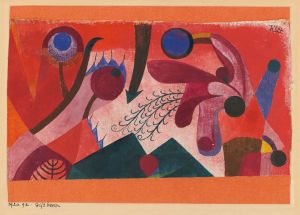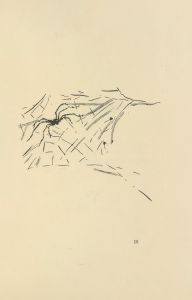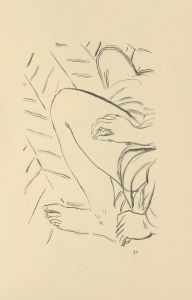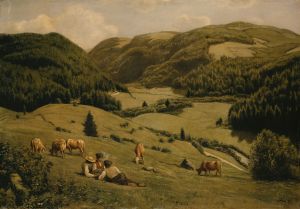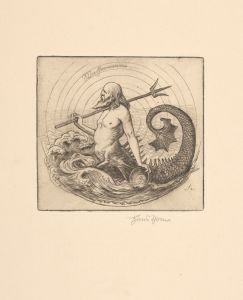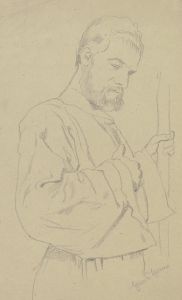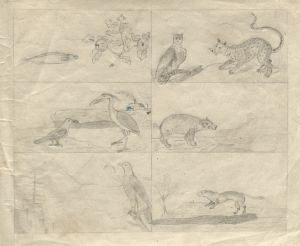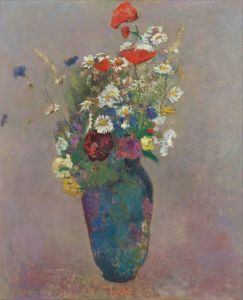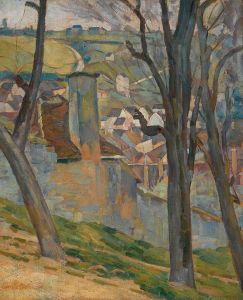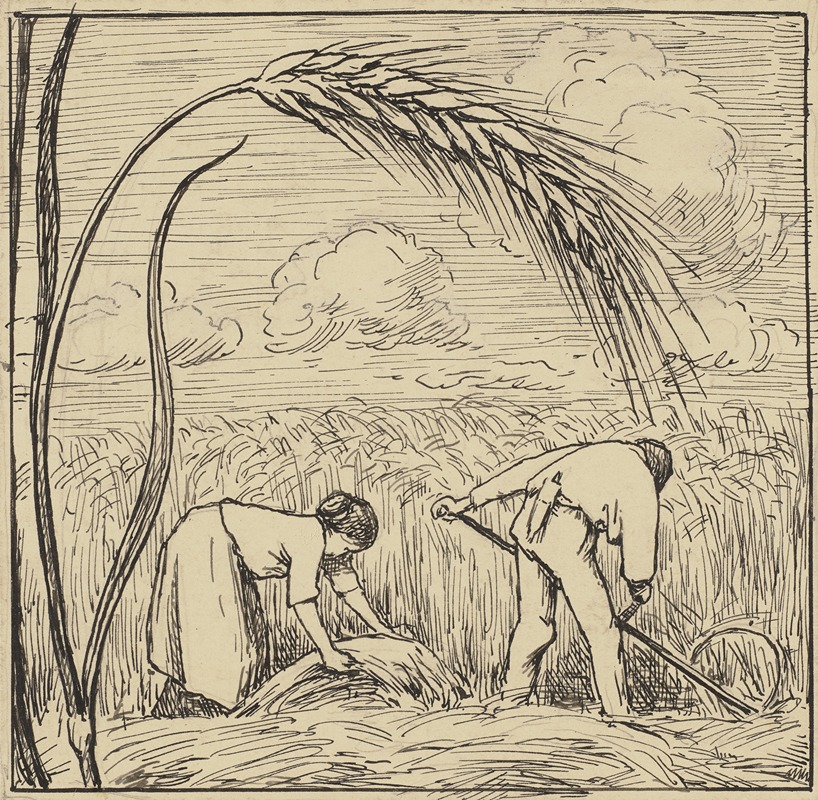
Ähre
A hand-painted replica of Hans Thoma’s masterpiece Ähre, meticulously crafted by professional artists to capture the true essence of the original. Each piece is created with museum-quality canvas and rare mineral pigments, carefully painted by experienced artists with delicate brushstrokes and rich, layered colors to perfectly recreate the texture of the original artwork. Unlike machine-printed reproductions, this hand-painted version brings the painting to life, infused with the artist’s emotions and skill in every stroke. Whether for personal collection or home decoration, it instantly elevates the artistic atmosphere of any space.
Hans Thoma (1839–1924) was a German painter associated with the Realist and Symbolist movements. His works often depicted idyllic landscapes, rural life, and allegorical themes, reflecting his deep connection to nature and his upbringing in the Black Forest region of Germany. One of his notable works is Ähre (translated as "Ear of Grain" or "Wheat Ear"), which exemplifies his characteristic style and thematic focus.
Ähre is a painting that highlights Thoma's ability to combine naturalistic detail with symbolic undertones. The artwork features a central motif of a single ear of grain, rendered with meticulous attention to detail. The composition emphasizes the simplicity and beauty of nature, a recurring theme in Thoma's oeuvre. The grain, a symbol of sustenance and life, may also reflect Thoma's interest in the cycles of nature and the interconnectedness of human existence with the natural world.
Thoma's artistic approach was influenced by his early training and exposure to the works of the Old Masters, as well as his admiration for contemporary artists such as Arnold Böcklin. His works often exhibit a harmonious blend of realism and a subtle, dreamlike quality, which is evident in Ähre. The painting's restrained color palette and precise brushwork underscore Thoma's technical skill and his ability to evoke a sense of quiet reverence for the subject matter.
While Ähre is not as widely known as some of Thoma's larger and more elaborate compositions, it is representative of his artistic philosophy and his dedication to capturing the essence of nature. The painting reflects the cultural and artistic values of late 19th-century Germany, a period marked by a renewed interest in rural traditions and a reaction against the rapid industrialization of society.
Hans Thoma's work, including Ähre, continues to be celebrated for its timeless appeal and its ability to convey profound meaning through seemingly simple subjects. Today, his paintings can be found in major art collections and museums, particularly in Germany, where his legacy as one of the country's prominent 19th-century artists endures.






